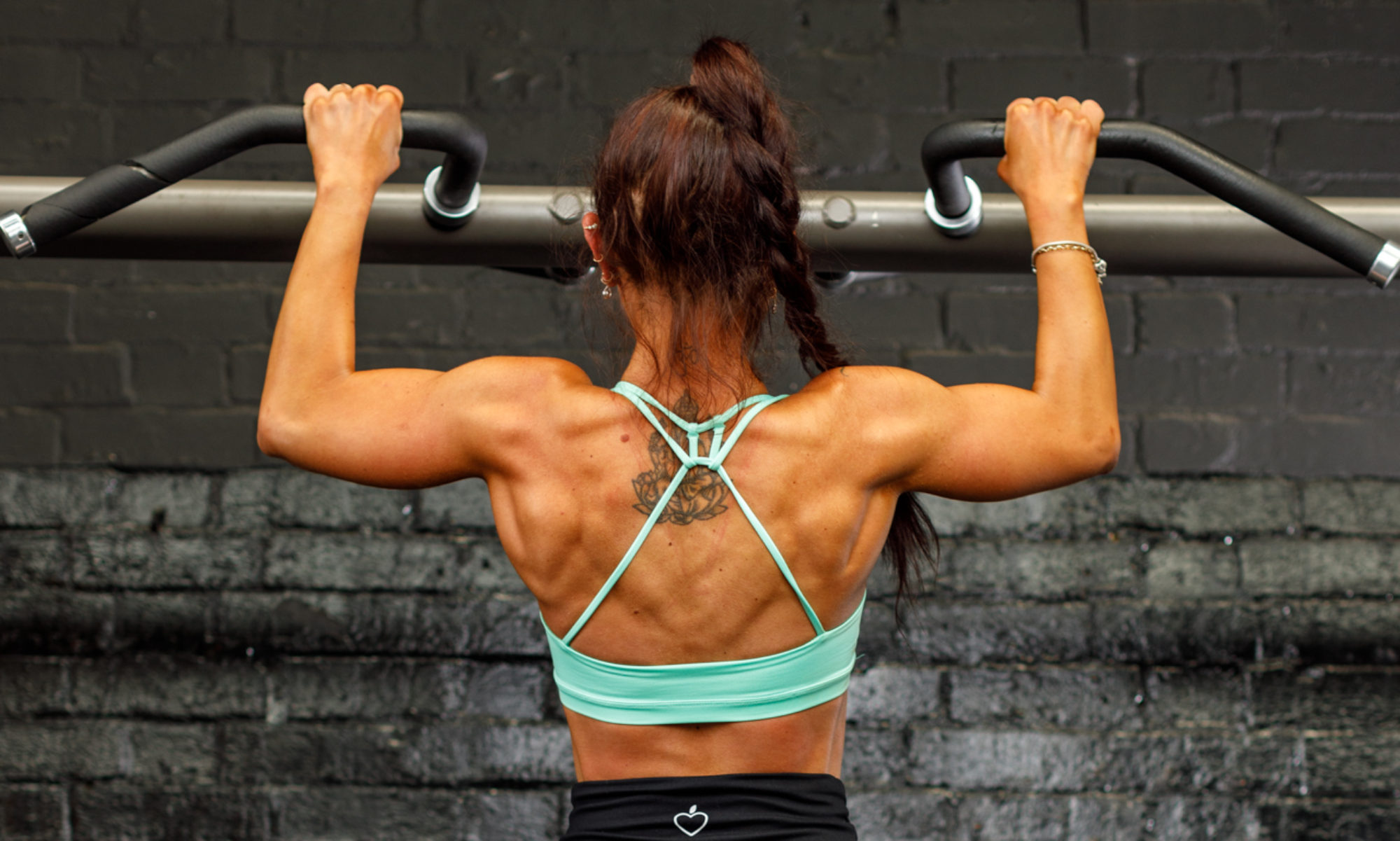
Physical and Mental Strength
A disciplined and focused mind can achieve anything. This is no secret, even in the bodybuilding world. In fact, some of the greatest bodybuilders ever, such as 6x Mr Olympia Dorian Yates and ‘bodybuilding yogi’ Ben Pakulski, have compared training to meditation, and emphasised the importance of mind training to improve physical training too. Moreover, more and more athletes have been experimenting with visualisation and some of them have even attributed their success to their constant visualisation practice (e.g. 2x Ms Figure Olympia Erin Stern). Lastly, the motivational benefits of self-talk in sports have been exhaustively explored and reviewed (see Hardy 2006). But how does this translate into your everyday’s workout?
I’ve always regarded my workout as MY moment, in which nothing else is allowed but training-related movements and thoughts. There is no room for stress or preoccupation, nor is there any space for looking at my mirror reflection and analysing my physique. When I lift, I just lift, rest, sip some water and lift again. I might listen to some music or greet a friend, as long as these ‘distractions’ don’t affect my workout. When I train, I want to be present in the moment, I want to train mindfully. As any other routine, you want to perform every single act in the same way, as a sacred ritual, however, you want to do so intentionally and purposefully. And, I can say, when you train this way, your physical strength, mass and technique will also improve. On top of it, you’ll feel less stressed out and more relaxed. Below are a brief description of what a mindful workout should look like, and some quick strategies to make your workout mindful.
Mindful Workout Structure
In order for your workout to be mindful, there are 3 points to concentrate on:
- Feel muscles activating. When you focus on the ‘here and now’ in the weight room, it translates into shifting your attention from the surroundings to your own muscle contraction, trying to feel your muscle fibres shortening and lengthening as much as you can. Don’t worry if you can’t feel your muscle contraction very deeply initially, it will improve over time, as long as you keep your practice consistent.
- Control muscle activation. This step comes immediately after feeling your muscles activating and enables you to become aware of your ability to control your muscles, and to feel such ability. Again, your skills will improve over time.
- Isolate exercise execution from gym environment and noises. This is the hardest part of a mindful workout, as it means that you should be able to isolate yourself from the gym environment and not let distractions interfere with your training. For advanced mindful athletes, this also means being able to not let inner distractions, such as thoughts or emotions, interfere with their workout. As a beginner, trying not to look at the person using the machine next to yours for the entire exercise duration is enough.
Strategies to Make your Workout Mindful
Here’re some strategies to practice mindful fitness. Some are meant to help you get into a mindful state, others are to be used during your workout, some others are general tricks or tools which you can implement in your everyday life to help your workout become mindful:
- Scan your body before warmup. Individuate stiffness, pain or aches, or areas that need to be focused on when training.
- Focus on stiff areas during warmup and try to loosen them up (you can also use a foam-roller or a lacrosse ball).
- Focus on muscle contraction and relaxation during each rep and try to control muscle activation. You can literally visualise your muscles shortening and lengthening, as well as your brain pulling your tendons through your nervous system, as if it was a puppeteer pulling the threads.
- Make sure you breathe deeply throughout, and don’t let your increased heart rate make your breath too shallow (you want to bring in as much oxygen as you can and you want to feel in control of your breath all the time). Needless to say, this doesn’t apply to intense cardio (I’m mostly referring to weight training).
- Keep a training journal in which you record parameters such as ‘ability to feel the muscles’, ‘ability to control the muscles’, ‘ability to concentrate on exercise in a busy environment’.
- Always start your workout from those exercises in which you feel you struggle to control or activate your muscles and see how they improve over time (again, a journal is the most helpful way to do so).
How Long for?
I encourage you to keep a mindfulness journal for at least 4 weeks, and to review your progress both at the end of each week and at the end of the full programme. If you need some more advice, or if you’d like to use my Mindful Fitness Journal, schedule a FREE session today.
Apply here to work with me:
I hope you’ve found this article helpful. If so, feel free to read more of my posts and articles.
References





